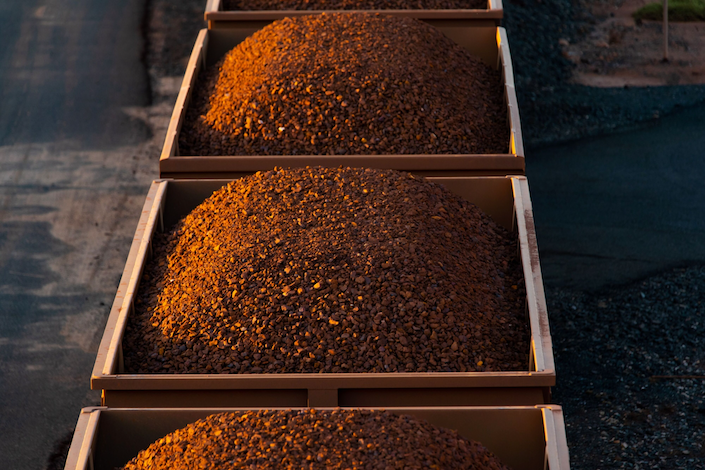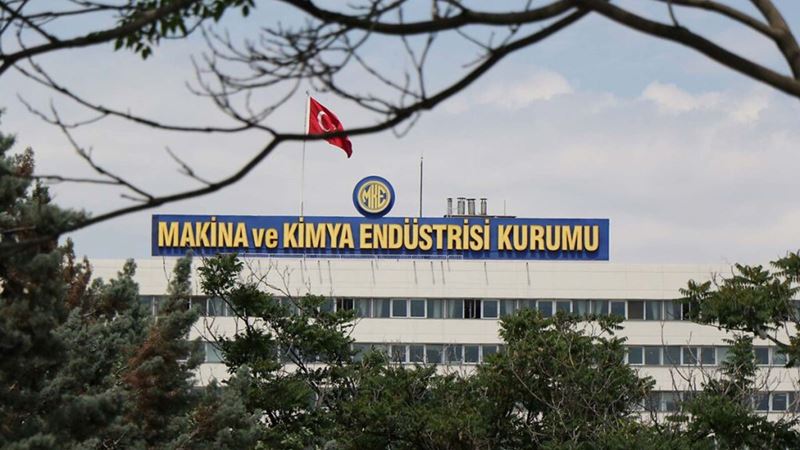The surge in steel demand within India, the world's second-largest crude steel producer, has led to increased consumption of iron ore domestically. Small steel producers recently petitioned the Ministry of Steel Government of India to implement measures restricting exports to ensure an adequate supply of iron ore at affordable rates domestically, according to the sources.
The Ministry of Steel Government of India is currently evaluating the situation, including iron ore export data and the demands of small steel producers, before deciding on whether to impose an export tax.
In May 2022, India raised the export tax on low-grade iron ore lumps and fines, as well as pellets, in an effort to meet growing domestic demand. However, when exports dwindled, the government abolished these taxes in November 2022, allowing duty-free exports of low-grade iron ore, which is primarily what India exports.
Government data reveals that Indian iron ore exports reached 32.2 million metric tons during the first nine months of the current fiscal year, up from 9.5 million tons a year earlier, totaling $2.7 billion.
Despite concerns from small steel producers, the Federation of Indian Mineral Industries (FIMI), representing mining firms, has urged the government not to restrict iron ore exports. FIMI argues that India predominantly exports low-grade iron ore, which is not extensively used domestically, and therefore, overseas shipments of this grade should not be limited.
Small steel producers emphasize their reliance on low-grade iron ore, unlike larger steel mills, and stress the importance of steady supplies at reasonable prices for their relatively narrow profit margins.
Industry estimates suggest that India's iron ore production is projected to increase to 330 million tons in the fiscal year beginning April 2024, representing an 18% rise from an estimated 280 million tons this year, as more mines become operational.









Comments
No comment yet.